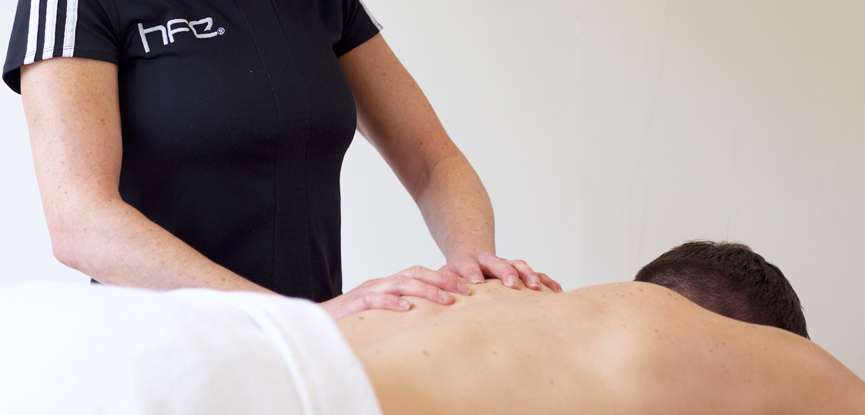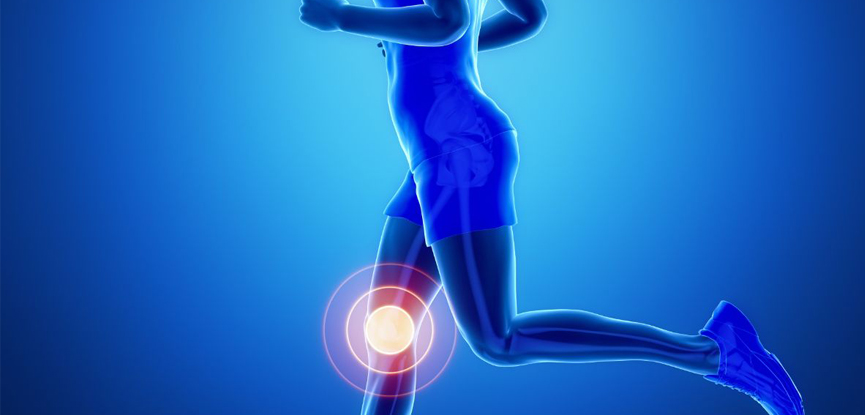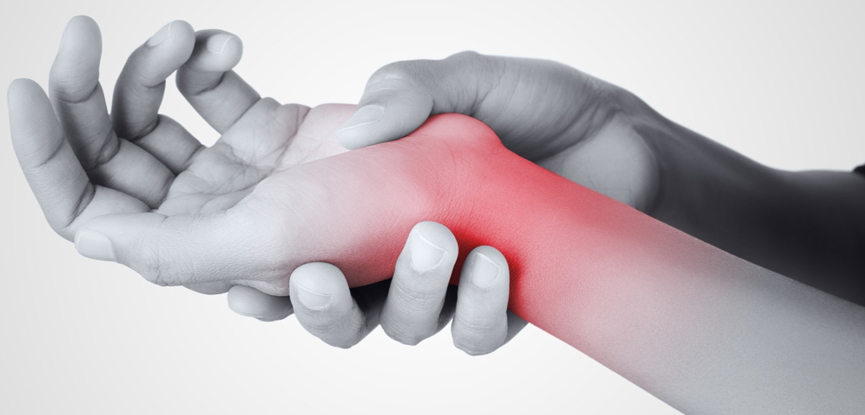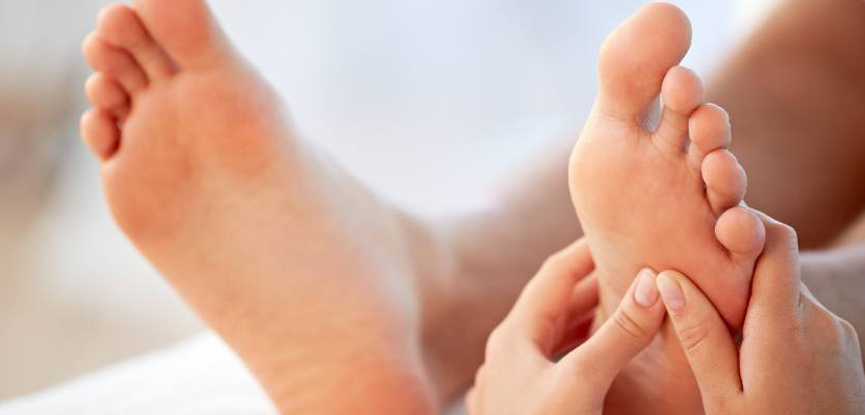Be in the Know
Guided by industry experts, expand your sports massage knowledge our in-depth career articles and guides
Sports massage focuses on manipulating soft tissue and those usually benefit from the most from this type of treatment are those who are regularly physically active. This could be anyone from frequent gym goers and casual runners to more experienced athletes.
Massage is not solely reserved for these groups, however. Many conditions that manual therapy can treat are caused by overuse, repetitive strain and sedentary behaviour. It’s easy to see how those who aren’t physically active or have very low impact and sedentary jobs, such as working in an office, could be affected.
It’s important to note that massage solely on its own will rarely ‘fix’ the conditions we’re about to explore. A programme of stretching, strengthening and conditioning will nearly always be required to ensure that issues do not reoccur.
For reference, when we talk about soft tissue, we’re referring to muscles, skin, tendons, ligaments and fascia. When it comes to the latter, this is something that has been frequently explored in past articles and most notably in an interview with perhaps one of the foremost experts on fascia, Tom Myers.

There are a number of common conditions and injuries that can be resolved, or at least helped by sports massage. It’s not uncommon for many of us to endure these conditions at least once or twice in our lifetime due to simple, unintentional mistakes or undiagnosed dysfunction. It could be anything from the wrong footwear to general overtraining, the overuse of a particular muscle group or simply just spending a little too long sat down with poor posture.
Runner’s knee is a colloquial, blanket term that refers to repetitive strain injuries of the knee. Commonly, when runner’s knee is diagnosed it’s related to iliotibial band syndrome (ITBS) and patellofemoral syndrome (PFPS). As the name suggests, this often affects runners (or those that walk and hike a lot).
The repetitive bending and stretching of the knee can lead to pain and it’s not uncommon for referred pain to emanate from the back or hips and be transmitted to the knee.
As we know, sports massage can assist in treating repetitive physical injuries. It may even be able to stop the injuries from developing in the first place.

Patients who suffer from ITBS may find the treatment painful as the fascia is being treated, not the muscle. Sports massage is not designed to be a relaxing treatment; it can often hurt and be difficult as it involves stretching and the manipulation of ligaments, muscles and fascia.
A range of techniques can be employed by massage therapists and one of the more effective, yet painful, is having fingers pressed deep into the IT band itself.
When undergoing sports massage treatment, it may be advised to stop partaking in physical activity that can further harm the knee. Patients will be asked to rest the knee until any swelling or pain is reduced. The knee may need to be reconditioned in order to regain full range of motion.
Strengthening techniques will help to assist in making the knee more stable and should mean no surgical intervention is required.
Carpal Tunnel Syndrome (CTS) is caused by the compression of the median nerve. The nerve travels through the wrist at the carpal tunnel. CTS can cause numbness and tingling, like pins and needles. The feeling can be felt through the thumb, fingers, and the side of fingers.

Common causes of CTS include:
Sports massage is non-invasive and focuses on reducing inflammation, pain, and numbness. Many patients who have sports massage therapy for CTS will experience relief after just one session. However, it’s advised to attend around 4-6 sessions for long term relief. This course of treatment has proven effective in randomised group trials.
As with runner’s knee (and other commonly occurring conditions), a range of simple exercises can help with the prevention of symptoms returning.
Plantar fasciitis refers to pain in the bottom of your foot. The pain is often localised towards the heel and foot arch. Pain is often more severe or noticeable when you start walking or exercising after sleep or rest. Exercise may actually relieve the pain during physical activity but will come back once resting.

There are a few things you can do to immediately relieve plantar fasciitis, like elevating your foot, icing the area, and taking pain relief. However, the problem more than likely will persist and is often caused by:
Sports massage applies deep tissue massage techniques to apply pressure on the Achilles heel, fascia and calf muscles. Slow strokes can help to release the tension in these areas and break up scar tissue. Because the massage concentrates on specific areas, patients are likely to feel discomfort after the massage takes place. Sometimes this can take up to a few days to settle down.
Sports massage for plantar fasciitis will loosen the muscle tissues and kickstart the circulation of blood and oxygen to the affected areas. The massage breaks down any adhesions caused by strain and overexertion.
In the Manual Therapy journal (Sept 2013) titled “Deep massage to posterior calf muscles in combination with neural mobilization exercises as a treatment for heel pain: A pilot randomized clinical trial”, 69 participants were split into two groups (ultrasound and massage). The results showed that those in the massage group displayed clinically significant improvements in function compared to the ultrasound group.
Sports massage is not only helpful to assist in the recovery of certain conditions, it can also be used as a form of treatment to enhance physical performance. It’s suggested that those engaging in physical activity, or the likes of athletes, could benefit from sports massage prior to exercise. Warming muscles and ligaments up beforehand could prevent an injury from occurring in the first place.
Sports massage is now a widely used therapy and certainly deserves the recognition it’s now receiving. As well as the conditions mentioned in this article, you can check out how sports massage therapy can help with tennis elbow.
Back to articlesAnd discover more about the world of massage therapy
Great news, you're on the list...